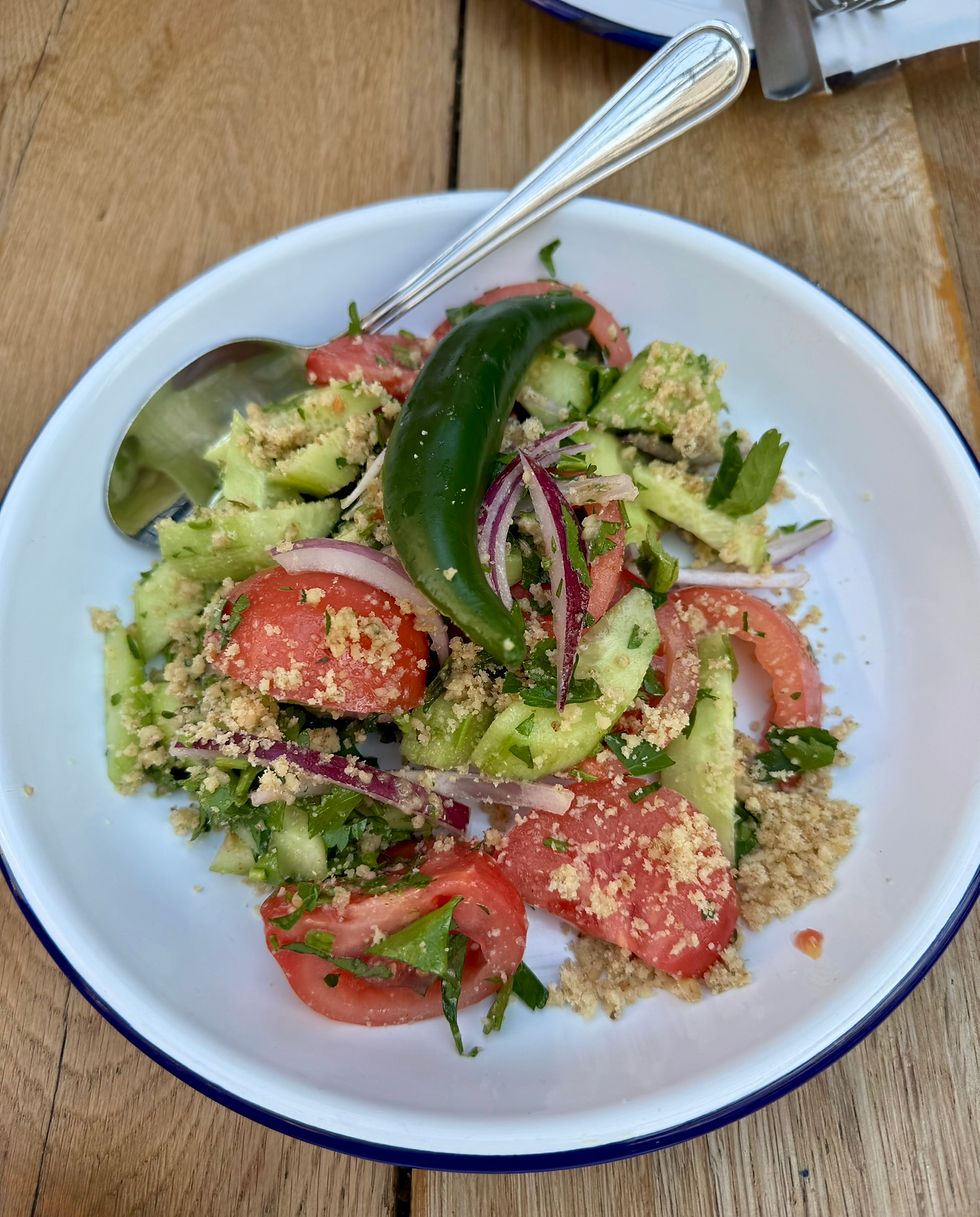"Kinich" - a magical restaurant in a magical town
- worldculturebazaar
- Mar 28, 2021
- 3 min read
Venison is one of the most valued meats in Yucatan. The peninsula itself is sometimes called the land of pheasants and deer - "La tierra del faisán y del venado". From ancient times, the Mayas made sure to keep deer from going extinct in their forests, sometimes almost taming them. Even near densely populated areas, large areas of forest were left to contain deer. Franciscan’s friar Diego de Lana recounts in his notes that Mayan women sometimes sheltered deer cubs, stroking them so that they would get used to it and no longer be able to live alone in freedom. Some Mayan communities still raise deer in their backyards called "solar."

I don't know if all their effort is only for the meat, or also to maintain the legend. The Mayan god Yuum K''aax once blessed three animals - a pheasant, a deer and a rattle snake - and appointed them responsible for mobilizing the Mayans against the conquerors of their lands. So far, they haven't had to call on the animals and are still waiting for a sign. And I hope that they will correctly recognize the gods, unlike how the famous Aztec commander Montezuma once recognized the prophetess gods from the East... We didn't see live deer anywhere, but we got to taste it. Our early dinner on New Year's Eve was in the restaurant of Kinich Izamal, famous for its traditional cuisine.


First of all, the guests of the restaurant are greeted by a model of a mini restaurant, relics of owner's family and crosses.


In the beginning, the crosses surprised me, but later it became just plain curiosity. We weren’t in any dining establishment that didn’t have at least one.

The meat is prepared the traditional way the Mayas did: after baking it in the ground, it is marinated, chopped, mixed with grated almonds, pepper and mixtures of local spices. Long roasting makes meat very soft and easy to cut, even easily pulled.
In addition - a little contrast - a few fried banana pieces and another typical Yucatan plant, chaya, presented to tourists as Yucatan spinach - which is not a substitute by any means, but it is a middle option between Swiss chard and kale.

Chaya chips are a modernized culinary version, but chaya drinks are some of the most delicious on the peninsula, often used in cocktails and juices (usually mixed with pineapple juice). We enjoyed it wherever we could.



About 300 years ago, a Dutch West Indian company had to establish trade with Spanish and Portuguese colonies in Africa and Americas. Their attempts mainly ended in robbery by pirates and left only legends. Unfortunately, we will probably never know if Edam cheese was used as cannonballs. But cheese took over Yucatan just as it did Europe hundreds of years ago (in the 14th and 18th centuries, Edam was the most popular cheese in Europe). Today it is an integral part of traditional Yucatan dishes: Queso Relleno (Stuffed Cheese) and Marquesitas (the famous Yucatan waffles - Little Marquesas). Traditionally, soft cheese is scooped out or eaten, and the remaining rind of the cheese, more precisely the shell, is stuffed, wrapped in banana leaves and baked.

"Cochinita Pibil" ("Buried Pork") is an originally served stewed pork in a container that mimics a traditional method of preparation: in order to protect from spoilage, the meat is immediately roasted in specially prepared cavities in the ground.

Served with bean puree and pickled onions.
P. S. I will share the pickled onion recipe the next time. It is easy to prepare and can stay in a fridge for days, although it never lasts long in our home. :) It's a great addition to almost anything.



Comments